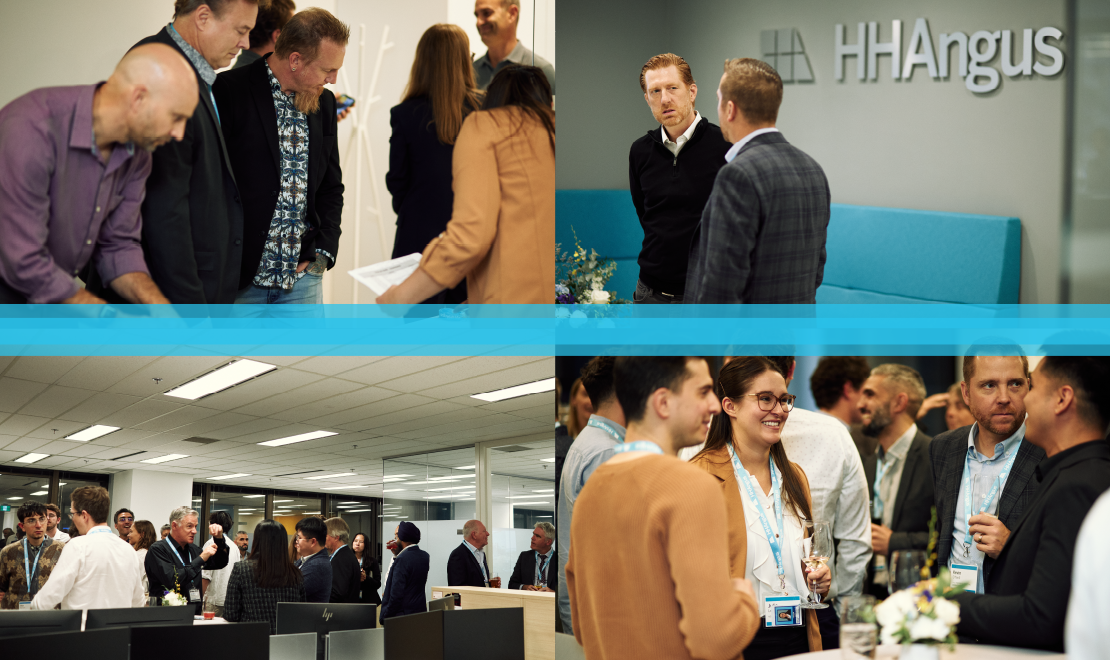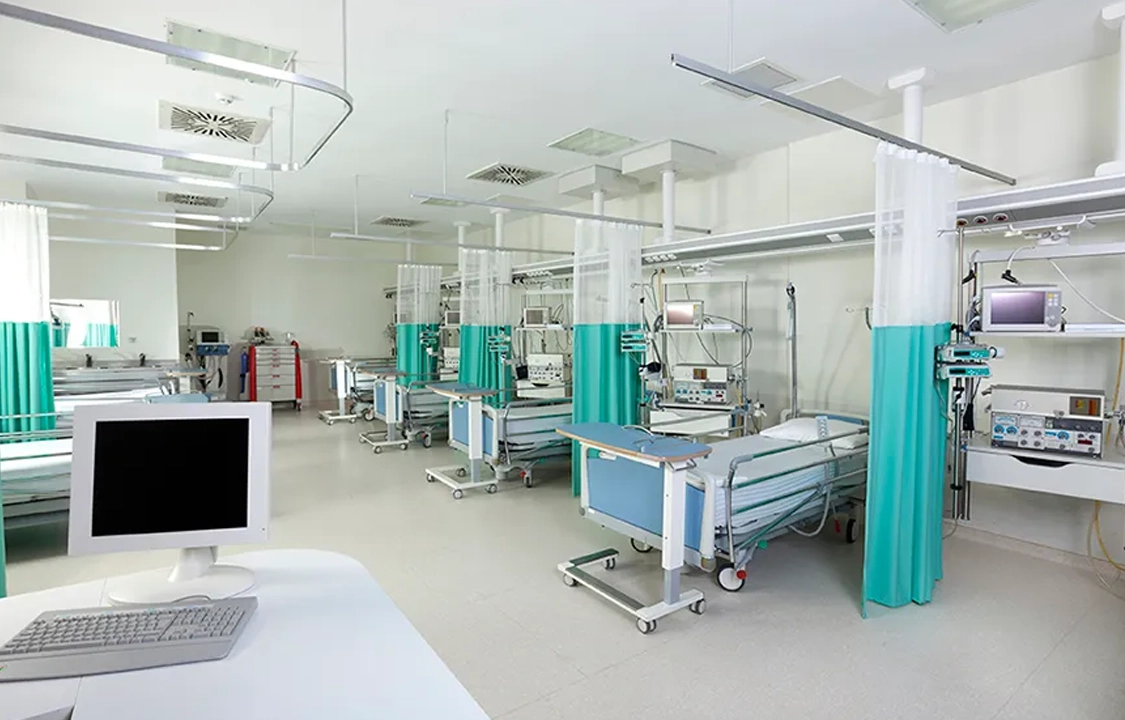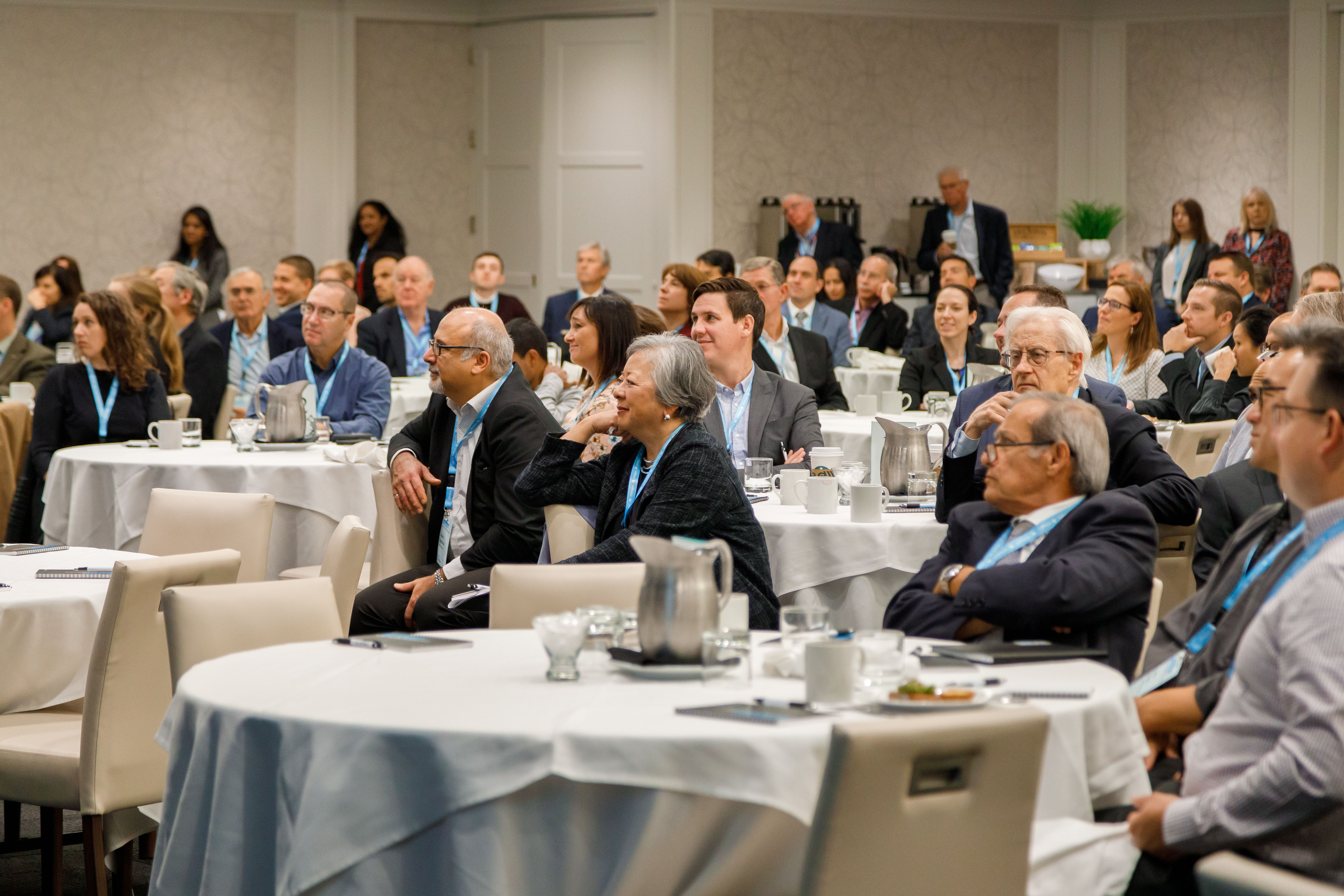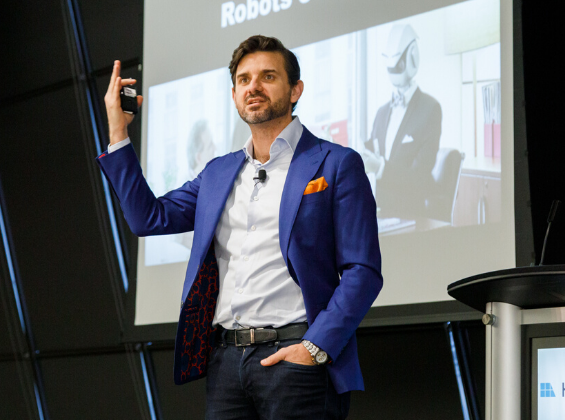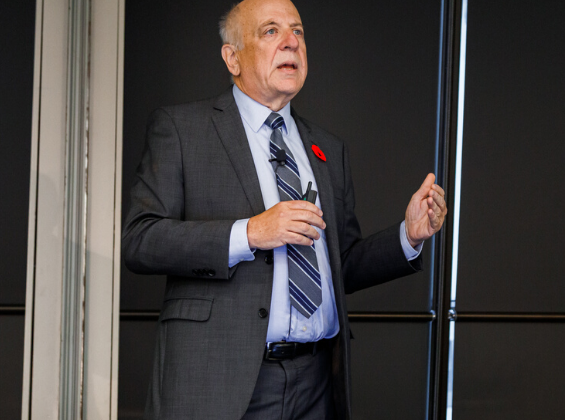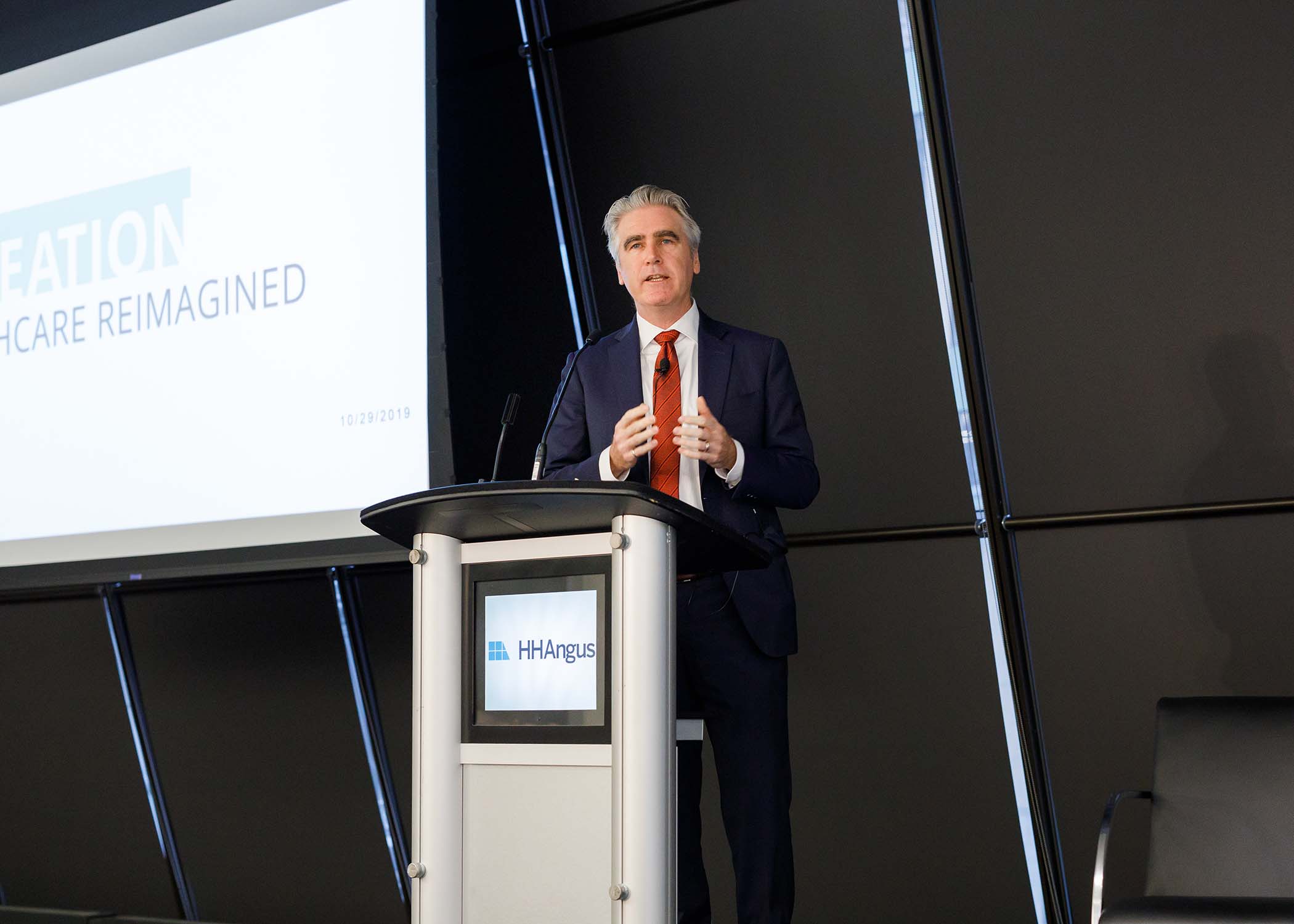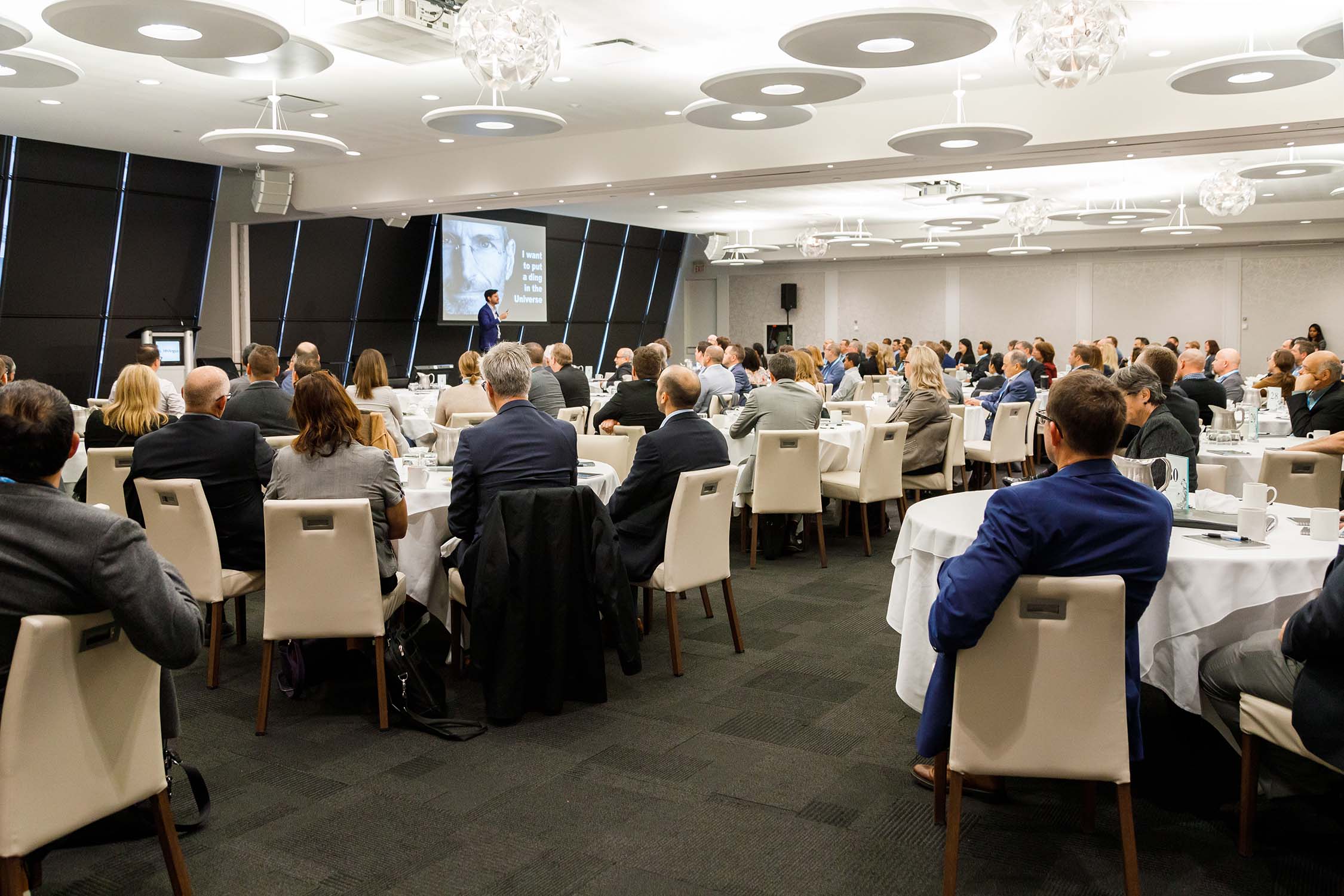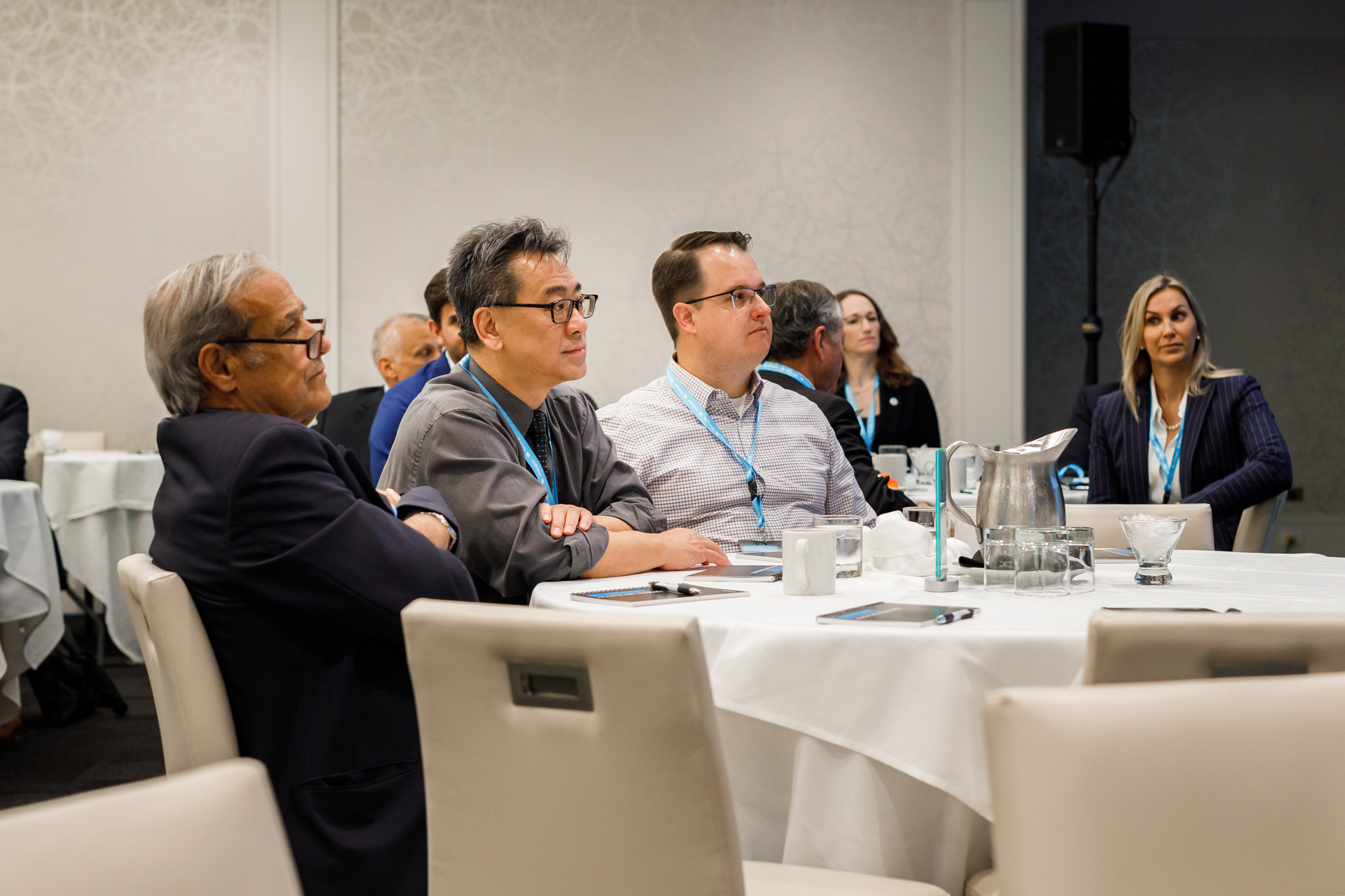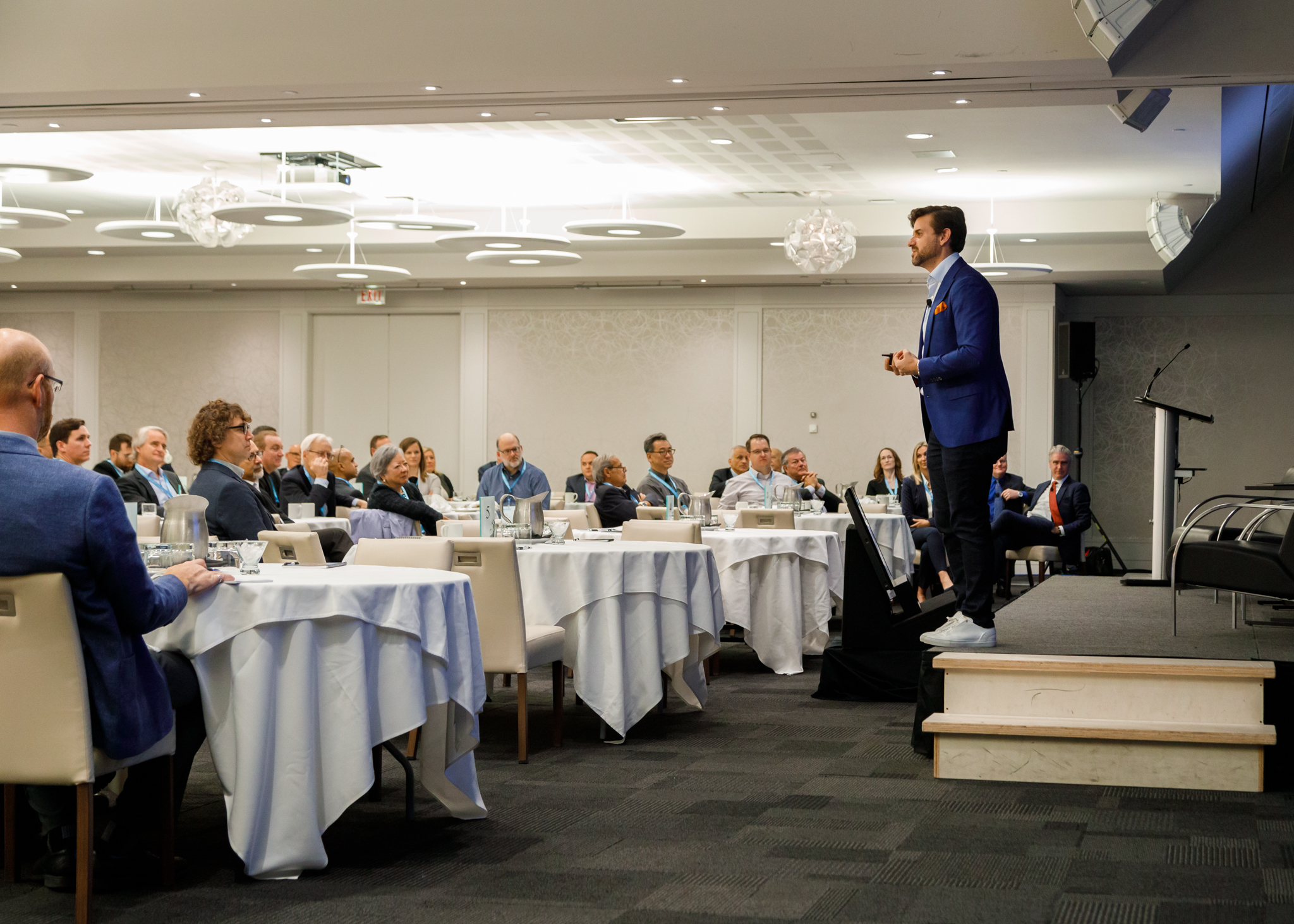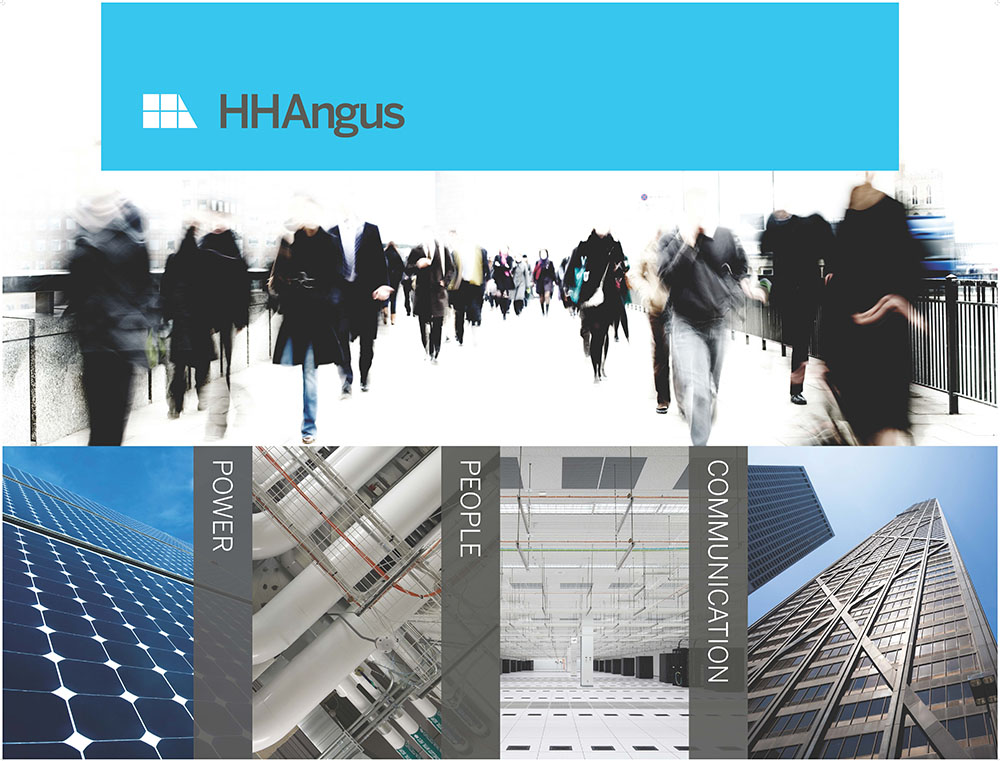Dr. Devlin highlighted the need to take action with a long-term view in mind, in order to significantly improve health outcomes—to plan for services and the facilities that will be needed ten to fifteen years from now, not just next year. The Council’s second report identified a roadmap for the future of healthcare delivery, outlined under four headings: integration, innovation, efficiency/alignments, and capacity. Enabling all of these are digital supports, the tools that replace processes and tools now at the end of their useful life, such as outdated fax technology. Digital supports enable improvements in service delivery and make interactions with the health care system more effective for patients and providers.
Integration
Patient-centric health care systems allow medical staff to connect easily with patients and to share information safely and securely among the health care team to the benefit of each patient. He noted that we need to improve patients’ ability to navigate the health care system, ensuring primary care is the foundation of an integrated health care system. We need to connect multiple health care providers to ensure better integration and a simpler, smoother patient/caregiver experience.
Innovation
Improved options for health care delivery include increasing the availability and use of virtual care options, both synchronously and asynchronously. The latter allows patient/practitioner to interface at times that are convenient for both. Patients and providers should be able to use technology to access health services in the most efficient way possible. For example, Ontario has the opportunity to modernize home care, and provide better alternatives in the community for patients who require a flexible mix of health care and other supports.
Efficiency and Alignment
Improvements happen by doing things differently. Data should be strategically designed, open and transparent, and actively used throughout the healthcare system to drive greater accountability and to improve healthcare outcomes. Two examples are:
- Ensure Ontarians receive coordinated support by strengthening partnerships between health and social services, which are known to impact the social determinants of health.
- As the healthcare system transforms, design financial incentives to promote improved health care outcomes for communities and increase value for taxpayers.
Capacity
This includes bricks and mortar, human resources and collaborative inter-professional leadership. We need strong leadership throughout the system—we can’t just simply be caretakers of the current system, because if you are caretakers of the system, you continue to get what you’ve already got.
What could be achieved if we made bold changes?
- Imagine a health care system where patients can conveniently and securely access their own personal health care information and make healthy choices by accessing preventive services in the community after talking with their primary care provider.
- Imagine a system where providers are working in a team environment and have access to a full continuum of care for their patients, in addition to digital tools and professional development support and resources.
Moving Forward
Dr. Devlin describes one of his main tasks as the identification of barriers in order to make the system work more effectively.
“What are we going to look for? More virtual options for patients and providers. Data used as a management tool—how do we exchange it, how do we share it across the province, and how do we start using it for predictive analytics so it works for us? We need to think about coordinated treatment plans, designed and delivered by integrated and inter-professional teams as well as upstream interventions, how to modernize our funding system and use Predictive intelligence and predictive analytics. When data is used strategically, information becomes relevant for decision making and we will be better positioned to connect patients to the right care at the right time.”
